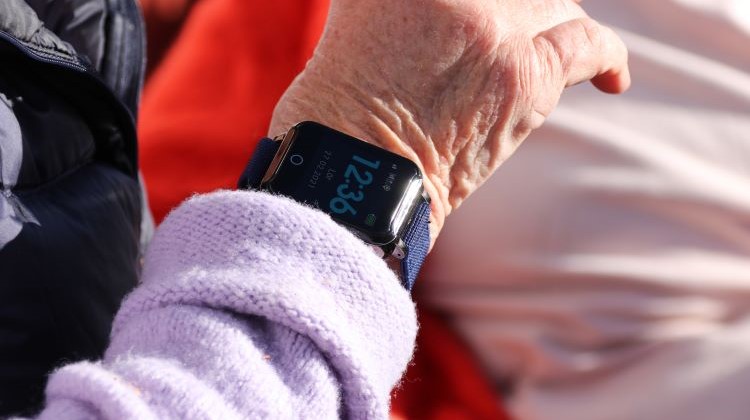Lewy body dementia – Stages and progression
Lewy body dementia progresses in distinct stages, with symptoms worsening over time. As with other dementia types, the progression of the disease can vary from person to person, but there are recognizable stages that help to understand its development.
Early Stage (Mild lewy body dementia)
In the early stage, symptoms are often mild and may be difficult to recognize as dementia. This stage is typically characterized by:
- Mild memory loss: The individual may struggle to remember new information or specific details, but the memory issues are not as severe as those seen in Alzheimer’s disease.
- Confusion and difficulty focusing: Maintaining attention for extended periods or completing complex tasks may become challenging.
- Motor problems: Early signs of movement difficulties, such as tremors or stiffness, may start to appear, similar to symptoms of Parkinson’s disease.
- Visual hallucinations: A hallmark of Lewy body dementia is realistic visual hallucinations, where the person sees things that are not present in reality.
The early stage can last for several years, with symptoms mild enough that the person can still manage daily tasks with some assistance.
Middle Stage (Moderate lewy body dementia)
As the disease progresses to the middle stage, symptoms become more noticeable and start to interfere with daily life. During this phase, the person may experience:
- Worsening memory problems: Memory loss and cognitive issues become more apparent. The person may forget recent events, struggle with spatial awareness, or miss important appointments and commitments.
- Increased motor issues: Movement difficulties become more pronounced, with stiffness, tremors, or trouble walking, which raises the risk of falls.
- Sleep disturbances: REM sleep behavior disorder, where the person may act out dreams, becomes more frequent. Insomnia or fragmented sleep may also occur.
- Personality changes: Mood changes, such as irritability, depression, or anxiety, often emerge during this phase.
- Cognitive fluctuations: People with Lewy body dementia may experience periods of extreme confusion followed by intervals of clear, logical thinking, making the disease unpredictable.
At this stage, the person usually requires more support and help with everyday activities such as personal hygiene, cooking, and managing their daily routine.
Late Stage (Advanced lewy body dementia)
In the advanced stage, Lewy body dementia becomes significantly more debilitating, and the individual is highly dependent on assistance. Common features of this stage include:
- Severe cognitive decline: Memory problems become profound, affecting all aspects of life. The person may struggle to recognize family members or comprehend their surroundings.
- Extensive motor issues: Stiffness, tremors, and slow movements become severe. The individual may require a wheelchair and assistance with mobility.
- Speech and communication difficulties: Speech may become unclear or extremely limited, and the person may have difficulty expressing themselves or understanding others.
- Hallucinations and paranoia: Visual hallucinations may become more frequent and distressing. The person may also develop paranoia or believe that others are trying to harm them.
- Feeding and swallowing difficulties: The person may lose interest in eating or have trouble swallowing, leading to malnutrition.
At this stage, around-the-clock care is often required, and the disease can be extremely challenging for both the individual and their caregivers.
Treatment and management through the stages
Although there is no cure for Lewy body dementia, symptom management and quality of life can be improved through appropriate treatment. Medications used to treat Parkinson’s disease may help with motor problems, while some cognitive symptoms can be managed with drugs used for Alzheimer’s. It is also important to address sleep disturbances and hallucinations with the right medication and therapies.
Regular medical visits and tailored care plans can help slow the progression of symptoms and improve the patient’s quality of life. Support from family members and caregivers is crucial for helping the person manage the daily challenges that come with the disease.
Sensorem’s safety alarm has GPS positioning, medication reminders and automatic fall alarm
Sensorem’s personal alarm is an example of a technical aid specially developed for people with dementia. The personal alarm works outdoors and has built-in GPS positioning so that relatives can see the user’s position on a map in the Sensorem app. Relatives are automatically called by the personal alarm (two-way communication) if the user leaves a predetermined geographical area. The personal alarm also has medication reminders, which means that the watch emits a sound and tells the user that it is time to take their medication. The personal alarm can also alert automatically in the event of a fall with the built-in fall sensor.
READ ABOUT HOW SENSOREMS PERSONAL ALARM CAN HELP WITH DEMENTIA

